Download the full report here >
The Future of Talent Strategy in Aerospace & Defence
Wandering through the labyrinth of halls, chalets and displays of Le Bourget in June, there was a genuine sense of discombobulation at the monumental changes that have affected the sector in such a comparatively short space of time. In an industry considered by some to be glacial in its evolution when compared to the likes of technology and service segments, the world of aerospace and defence is now moving forward in quantum leaps on numerous fronts.
Invariably, questions around net zero and decarbonisation of the industry prevail, with advances in Synthetic Aviation Fuel (SAF), radically more efficient engines, structural designs that emphasise lightness, as well as new engine power sources in the realm of hydrogen cells. In tandem with this, is the increasing focus on the connected environment with eVTOL (Electric Vertical Take Off & Landing) urban transportation segments in particular; as well as the return to growth of existing markets in both the civil aviation world following Covid; and, a renewed focus on defence against the bleak back drop of the situation in Ukraine.
All of these come with both their opportunities as well as their challenges. With supply chains struggling, macro-economic conditions (in particular inflation) denting financing and investing confidence, together with operational limitations in ramp-up and development – there remain significant hurdles for the industry to overcome. The opportunities are nonetheless massive, with completely new fields for enterprise to grow and develop as the worlds of technology and mechanical/aeronautical engineering increasingly converge.

With such a multi-dimensional metamorphosis taking place, what does this mean for the talent that will be required to plan and deliver all of this?
The aerospace and defence markets have traditionally been a sector where recruitment came from within the industry and future leaders were grown ‘organically’ in a somewhat insular fashion; but this is no longer a model that will service them all by itself. The need for new expertise and visionaries is already present, as is the increasing spectre of competitors from hitherto unrelated markets snapping up the emerging next-generation talent.
Technology & Strategy
The technological transformation of a ‘heavy’ engineering sector is nothing new, and the aerospace and defence market is no different. The electrification of propulsion, new power sources as well as the wealth of control and data products/services is rapidly changing the talent base that companies in these sectors will need moving forward – not just on the shop floor, but at the Executive Committee (ExCo) and the Board levels too. Today, skills in electronic and software engineering, data and analytics are rapidly overhauling the traditional engineering backbone of companies as they adapt to new product and service bases.
Back in 2019, a report by the strategy consultancy, McKinsey & Co. noted: “applying digital, analytics and IoT technologies is worth over a trillion dollars of value for industrial and supply chain companies. To capture that value, however, industrial companies need to approach their transformation holistically, not in the piecemeal manner we often see”. Therefore, a need to look beyond the traditional recruiting grounds and bring in individuals who already have a great wealth of technology and digital knowledge is going to be crucial to businesses as they look to adapt to the new market they are faced with.
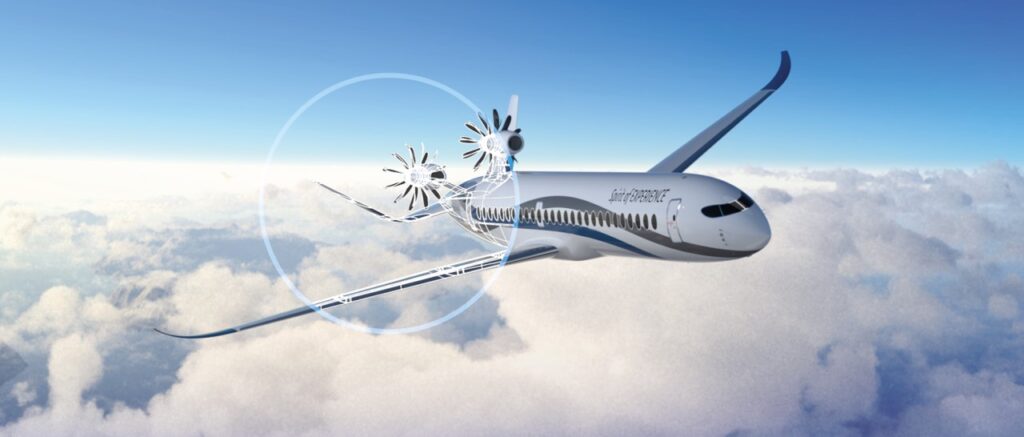
Operational Dexterity
With the on-going squeeze on supply chains, companies’ operations are coming under renewed focus as businesses look not just at the top line, but increasingly so at the bottom line. Change management fundamentals like Six Sigma have been around for a long time, but fundamental changes in operations and supply chains are occurring today, driven significantly by Industry 4.0 and the digitalisation affecting procurement, manufacturing, assembly and logistics. According to the Journal of Management Development, “the speed of technological change brought about by Industry 4.0 has created a significant gap between current capabilities of individuals and the rapidly evolving requirements of their roles”. Here is where aerospace and defence can learn from and lean on the expertise of other
sectors such as FMCG where scale, complexity and speed have always been extremely high.
As John Adams once said: “every problem is an opportunity in disguise”, and perhaps this is so for the aerospace and defence industry. With operations ingrained in certain geographies and/or practices, is this not a bold opportunity for the sector to bring in radically different ways of operating, positioning and preparing the business for the future? Bringing in new and lateral ways of thinking represents an opportunity for businesses to diversify their leaders as well as prepare for the rivalry emerging from new, and disruptive, competitors.
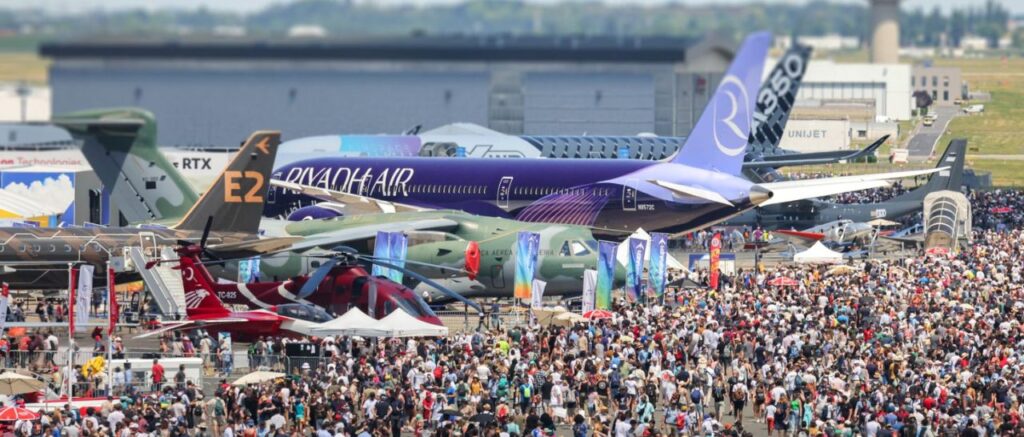
Disruptors
Companies developing new and cutting-edge technologies have been a mainstay of the industry, but in recent years, the number of new start ups in this sector has grown exponentially as the development of electric (+/- hydrogen hybrid) engines and eVTOLs (in particular) have brought in a number of new challengers to the markets attracting investment from various quarters. A number of large and established OEMs have identified these companies as opportunities to augment and develop their own presence in these markets through investment or Joint Ventures (JVs), but there is an omnipresent
threat from other sector titans muscling in on this world.
Technology-orientated start-ups and earlier stage ventures attracting next-generation talent are a major threat to the established players in this market, and adaption is needed if the sector is to attract and retain the best of tomorrow’s talent.
This brings a need for a refreshed outlook from leadership groups – they are no longer competing against ‘the usual suspects’, but new companies and new strategies. Leaders from technologically-driven sectors are well-versed in the fast-paced change and transformation, and would be able to provide significant value-add to the aerospace and defence industry who need to respond with alacrity to the disruptors entering their field.
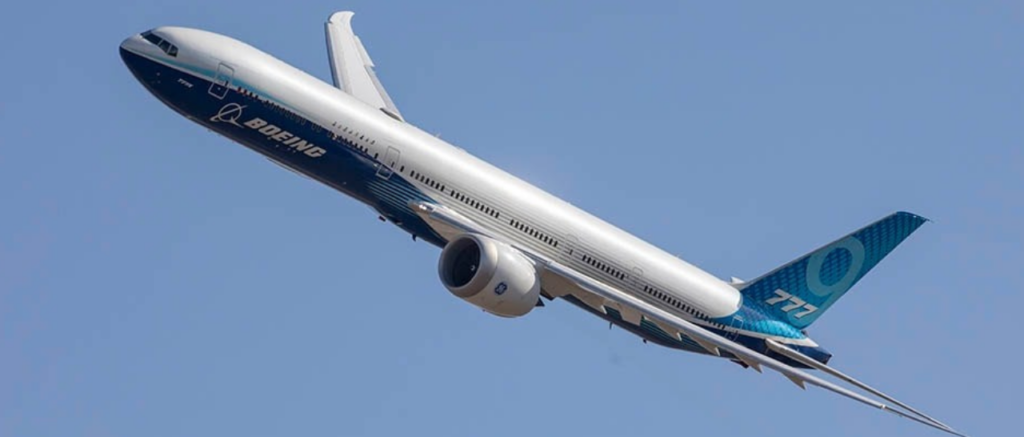
Globalisation
Whilst Europe and America have traditionally been the leaders in this market, the developing industries in areas like Asia / Far East in particular are becoming increasing competitive threats to the established order. This is being driven by both by attractive low-cost bases for companies, but also an increasing market appetite and spending capability of new customer populations. This is part of a broader commercial trend that is seeing technology and R&D hubs in the likes of Shenzhen expanding across multiple sectors; but, in the aerospace and defence world this takes on a broader geopolitical angle with increasing military budgets as well as well as the development of in-country aviation (such as China’s C919). The ability to operate internationally, both with a view on internal processes but also an increasingly globalised customer base, requires leaders who come with that knowledge and expertise already, who understand the barriers and opportunities that exist in different cultures and geographies. Defence has always been a highly internationalised industry, as has commercial aviation, but as the sector develops, new opportunities will present themselves as global mobility increases.
Diversity
With the rise of new talent requirements, skills and expertise, this represents an amazing opportunity for the industry to diversify its senior leadership. The engineering and manufacturing sector as a whole is one that has typically lagged in areas of gender and ethnic diversity, as well as diversity of experience. This latter element is becoming ever more prominent in the field of executive search, as companies look for functional expertise that are not typically nurtured in their own sector.
Whilst diversity in the sense of gender and ethnicity are critically important, we need to also think about this notion of diversity of experience. Taking a more pragmatic approach to thinking about a company’s future and strategy needs new expertise and experience in those who make the decisions, and a blinkered and siloed view is a potentially lethal poison to this industry as all these fundamental shifts in the sector are occurring. This is true not only of immediate recruitment requirements, but necessitates a much more strategic approach to succession planning for longer-term viability.
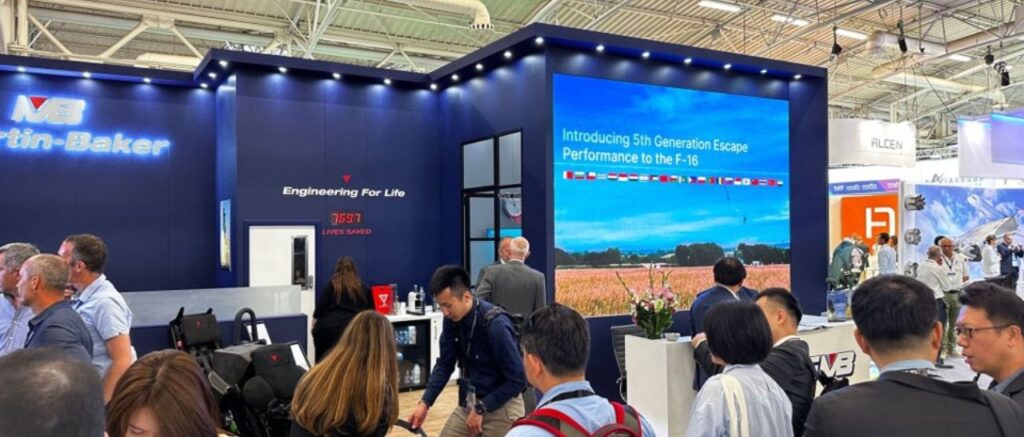
So, in amongst the sunshine and people of Paris Air Show, what does the headhunter make of the talent market for aerospace and defence moving forward?
The coming years will represent a massive opportunity for the industry to position itself for the new normal, and in doing so bring in new talent that will not only enable them to meet those challenges, but address a broad plethora of other people-issues: truly diversifying a work force; acquiring much needed next-generation technological expertise; and, building a strategy and a culture that will enable much more robust and fast-paced transformation to an industry whose dynamics will only increasingly grow.
There is already a reasonable appetite within the sector to consider new ideas when it comes to management roles, but this thinking needs to be elevated to the senior leadership cadre too. There is much more that can be done in thinking laterally about where the next generation of leaders will come from. The tried and tested pathways of the last fifty years will not be pertinent forever, and we are already seeing those pathways become less and less relevant: a trend that is set to continue.
There is also a need to stop thinking about specific roles and tick-box criteria to fill them; rather, companies need to think about what ‘type’ of people the business needs and how to attract them, and then build roles around them.
Savannah’s Next Generation Leadership Institute has been bringing together Directors and senior executives to both further and enhance this diversified approach; it is a very different way of thinking about senior recruitment, but the industry needs to embrace it.
If companies can buy-in to these new philosophies, the opportunities and potential rewards are limitless; but the will and earnestness needs to be there. At Paris, the displays, panel discussions and attendees indicates that this way of thinking and pragmatism is emerging, but it needs to be encouraged, nurtured, grown and pursued with determination.
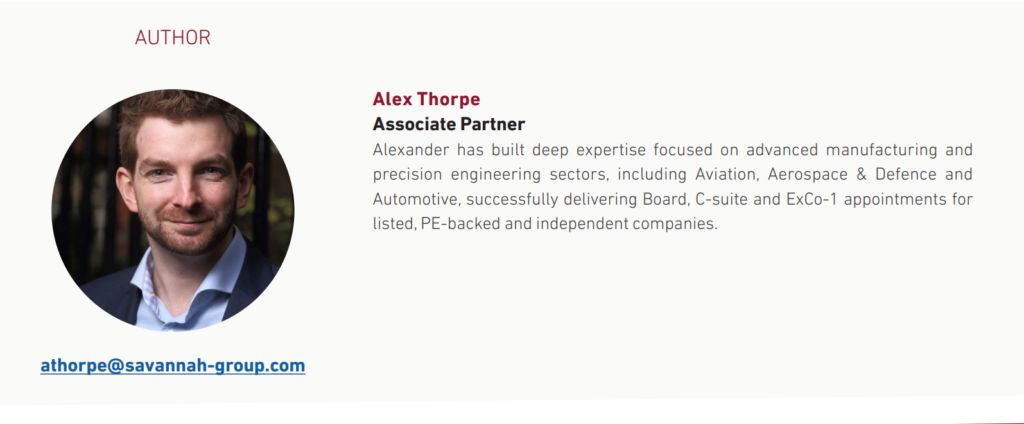

Download full report here.




